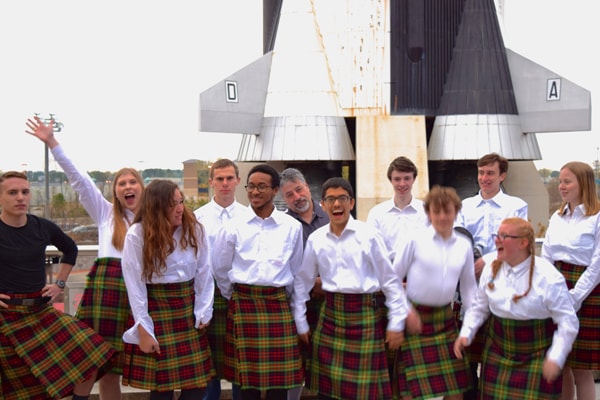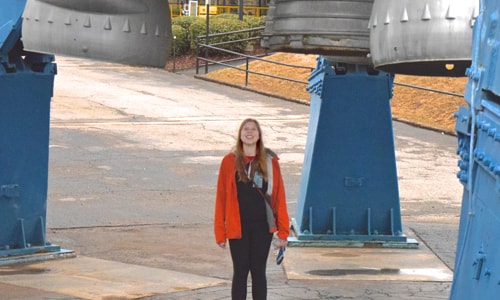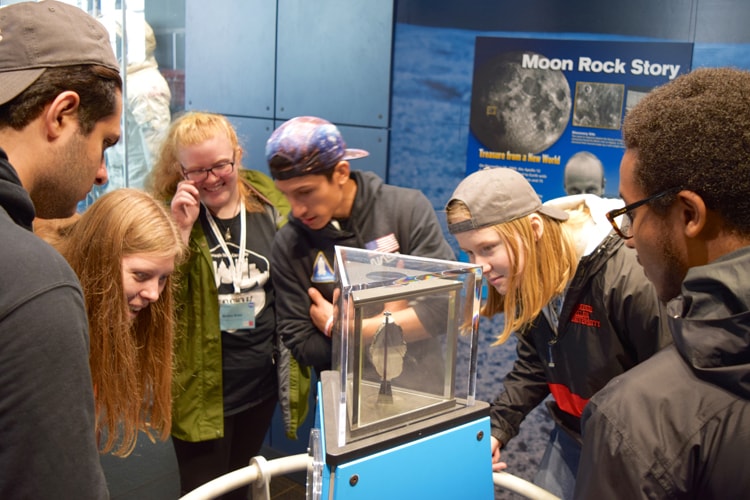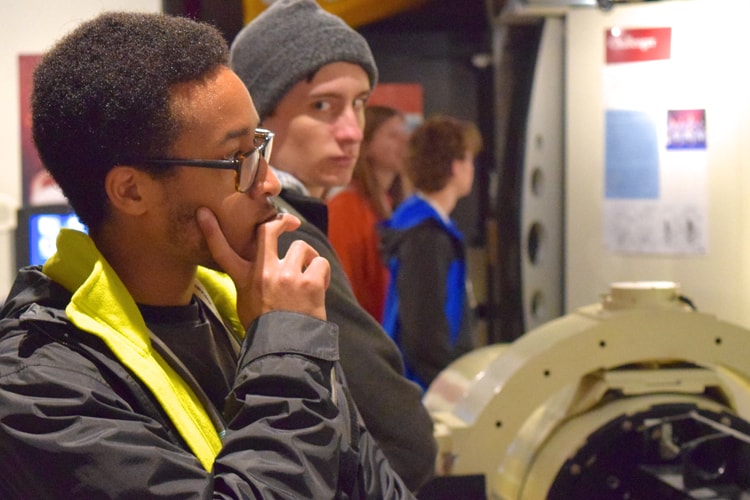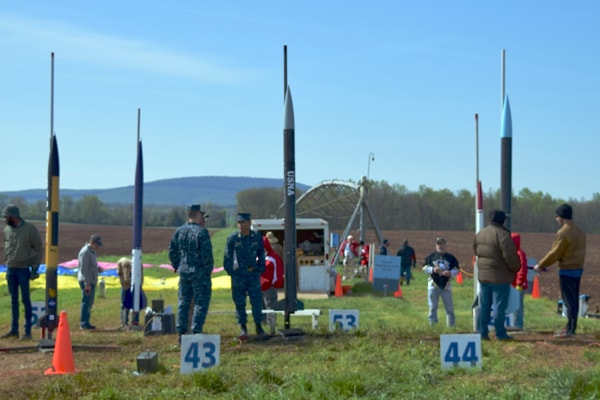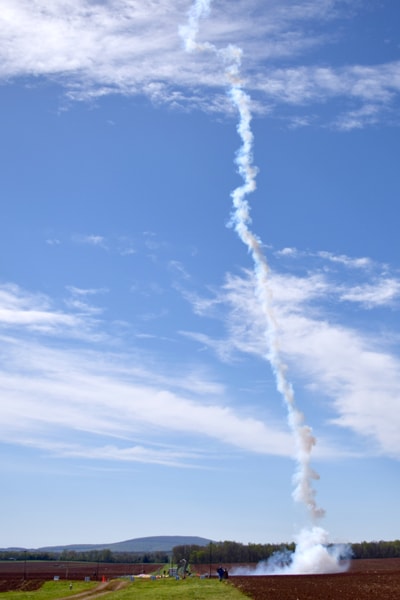Student Affair: The Carnegie Mellon Rocket Command
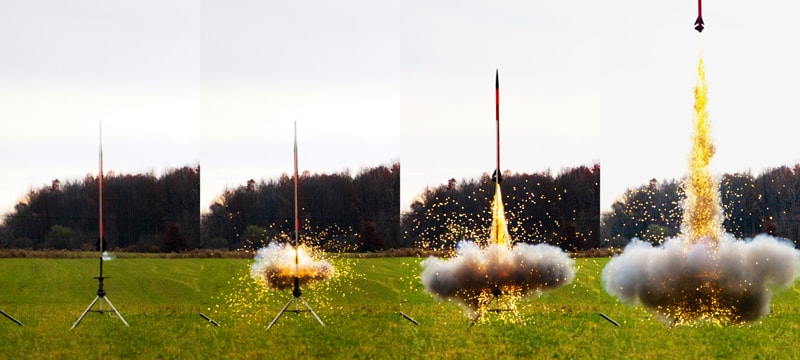
Carnegie Mellon Rocket Command Wins NASA Award
When senior Genevieve Parker first heard about the NASA Student Launch Initiative, she knew the Carnegie Mellon Rocket Command (CMRC) team had to enter. The fact that the deadline to submit a 50-page proposal was just 17 days away did not seem like a justifiable excuse. So began a months-long process culminating in their unlikely success – CMRC earned the Altitude Award at the Launch Day event on April 8, signifying that their rocket came the closest to the target altitude of one mile above ground level.
“We did the best we could do this year, and that turned out to be pretty good,” Parker said.
Parker admitted she was surprised the team’s proposal even made it through the first step: a stringent acceptance process. CMU had never entered the competition before. When she first joined CMRC, the student organization was little more than a hobby club, setting off an occasional model rocket but doing little in terms of real-world rocket building. The group had virtually no funding to speak of. This year, as President of CMRC, Parker presided over a team comprised largely of underclassmen who had little to no understanding of rocket mechanics.
When their initial proposal was accepted by NASA in October, the scope of what they were striving to do became a little overwhelming. NASA Student Launch puts students through the challenges and requirements that professional aerospace engineers face every day, safely designing, building, and testing reusable rockets carrying a scientific payload. The process includes preparing and submitting multiple reports over the course of nine months, regularly presenting their design plans to NASA officials via web video conference, and meeting very specific criteria at every step.
“I’d never in my life pulled an all-nighter before,” said Parker. “For this competition I had to pull two.”
Despite their lack of experience, everyone pitched in wherever and whenever they could. The CMRC team chose to participate in the target identification option for their payload, which meant sending their rocket into the air with working sensors, a camera, and a computer, that would allow them to identify specific targets on the ground. Junior Michael Messersmith learned how to program the credit card-sized computer and stepped up to lead the payload team. When they needed to come up with launch simulations, first-year William Fahy and junior Fabian Aristizabal volunteered, writing computer programs that would get the job done. First-year Myles Sherman had never taken fluid mechanics; nevertheless, he read everything he could on the subject and came up with their rocket’s unusual split fin design.
“The freshmen were our workhorses,” Parker said. “They learned on the job. I would ask someone if they knew how to do something, and they would say, ‘No, but I’ll figure it out.’”
Technical issues weren’t the only things the team had to figure out. They estimated the cost to build their rocket and attend the launch in Huntsville, AL would total nearly $10,000, and there were no funds from previous years to draw upon. They approached every academic department their members belonged to – Physics, MechE, ECE, Computer Science, ChemE, and EPP – and asked for help. They applied for funding from the CMU Division of Student Affairs, as well as the CMU Student Senate. Everywhere, they got a little help. Their biggest source of income, though, came from CMU Crowdfunding, where they managed to raise over $5,000.
For the last three years, Parker had been advocating for CMRC to start designing and building bigger rockets with real-world applications. As a sophomore, she began working to get herself Level 1 Certification by the National Association of Rocketry, and encouraged others in the group to do the same. These certifications allow individuals to purchase higher-powered motors, which meant CMRC could broaden the range of their activities and, for example, enter rocketry competitions.
With an award from NASA under their belt, Parker has no doubt that CMRC will continue to grow in skill. She knows the underclassmen are already looking toward next year’s NASA Student Launch. “They’re extremely motivated to do it again, so I know they’re going to be back in Huntsville next year,” she said.
Per Aspera ad Astra
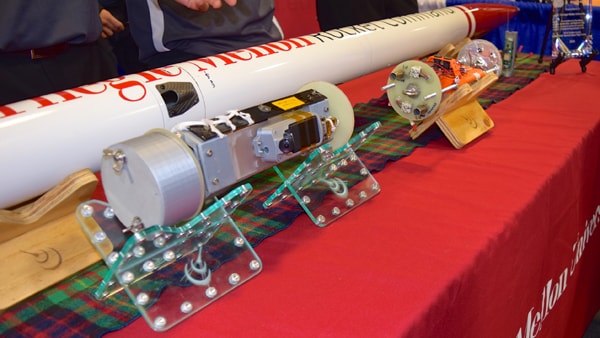
Left: Payload. The team had to transport their rocket from Pittsburgh, PA to Huntsville, AL in the trunk of a car. TSA authorities aren't fond of high-powered rockets on passenger planes.
Right: The team showed their Tartan pride and wore kilts to the award ceremony. Their rocket's name is Precision Launch and Autonomous IDentification (PLAID).
